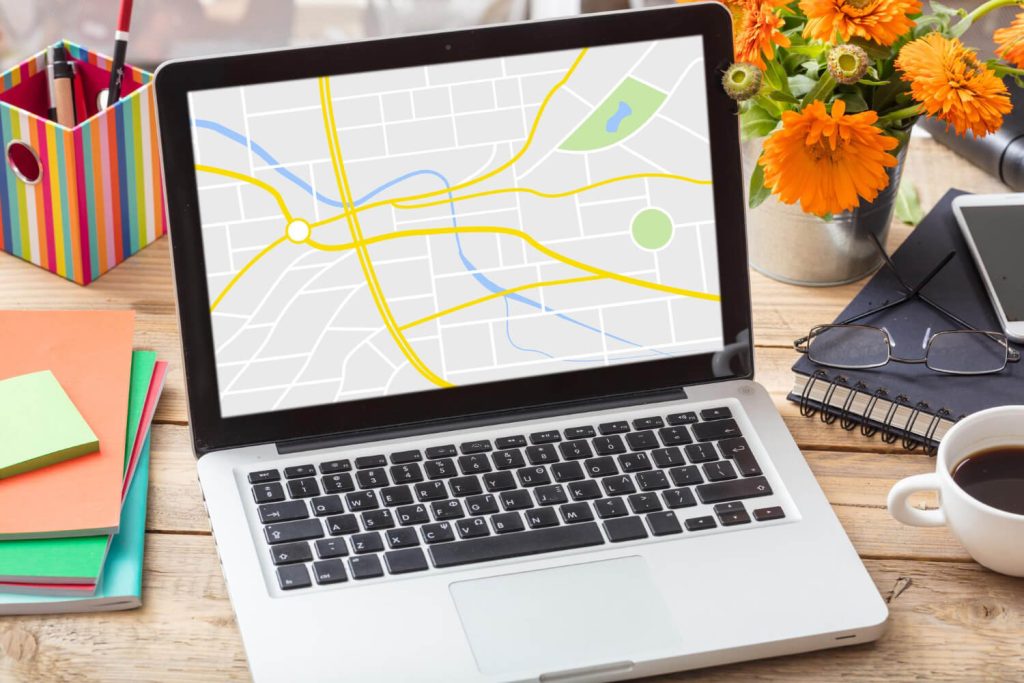In today’s digital age, having a strong online presence is crucial for any business. One of the most effective ways to increase your visibility and attract local customers is by ranking high on Google Maps. This article will guide you through the process of optimizing your business listing to improve your Google Maps ranking.
1. Claim and Verify Your Google Business Profile
The first step in ranking your business on Google Maps is to claim and verify your Google Business Profile (formerly known as Google My Business).
- Go to Google Business Profile and create an account
- Add your business information
- Verify your business through mail, phone, or email
Verification is crucial as it gives you control over your business information and helps Google confirm that your business is legitimate.
2. Optimize Your Business Profile
Once verified, focus on optimizing your profile:
- Complete all information: Fill out every section of your profile, including business hours, services, and attributes
- Add high-quality photos: Upload clear, appealing images of your business, products, and services
- Choose the right category: Select the most accurate primary and secondary categories for your business
- Write a compelling business description: Use keywords naturally while describing what makes your business unique
3. Encourage and Manage Reviews
Reviews play a significant role in Google Maps rankings:
- Ask satisfied customers for reviews: Develop a strategy to encourage happy customers to leave reviews
- Respond to all reviews: Whether positive or negative, always respond professionally and promptly
- Address negative reviews: Try to resolve issues mentioned in negative reviews and show that you value customer feedback
4. Ensure NAP Consistency
NAP stands for Name, Address, and Phone number. Consistency is key:
- Ensure your business name, address, and phone number are identical across all online platforms
- Update any outdated information on other websites or directories
5. Create Local Content
Develop content that’s relevant to your local audience:
- Blog posts: Write about local events, news, or topics related to your business and area
- Location pages: If you have multiple locations, create unique pages for each
- Local keywords: Incorporate location-based keywords naturally in your content
6. Build Local Citations

Citations are mentions of your business on other websites:
- Local directories: List your business in reputable local directories
- Industry-specific platforms: Join platforms relevant to your business niche
- Chamber of Commerce: Become a member of your local Chamber of Commerce
7. Implement Schema Markup
Schema markup helps search engines understand your website better:
- Use LocalBusiness schema to provide detailed information about your business
- Include important details like business hours, accepted payments, and areas served
8. Optimize for Mobile
With the majority of searches happening on mobile devices, mobile optimization is crucial:
- Ensure your website is mobile-responsive
- Optimize page load speed for mobile devices
- Make contact information easily accessible on mobile
9. Utilize Google Maps Marketing
Take advantage of Google Maps marketing features:
- Google Posts: Share updates, offers, and events directly on your Business Profile
- Q&A section: Anticipate and answer common questions about your business
- Booking button: If applicable, add a booking button to make it easy for customers to schedule appointments
10. Monitor and Adjust Your Strategy
Ranking on Google Maps is an ongoing process:
- Regularly check your rankings for important keywords
- Use Google Analytics to track website traffic from Google Maps
- Stay updated with Google’s guidelines and algorithm changes
- Continuously gather and act on customer feedback
Conclusion
Ranking your business on Google Maps requires a combination of optimizing your online presence, engaging with customers, and creating valuable local content. By following these strategies and consistently maintaining your online presence, you can improve your visibility on Google Maps and attract more local customers to your business.
Remember, while quick wins are possible, sustainable success on Google Maps is a long-term endeavor. Stay patient, persistent, and always focus on providing value to your customers both online and offline.






